Home>Garden Essentials>How To Amend Clay Soil For Turf Grass
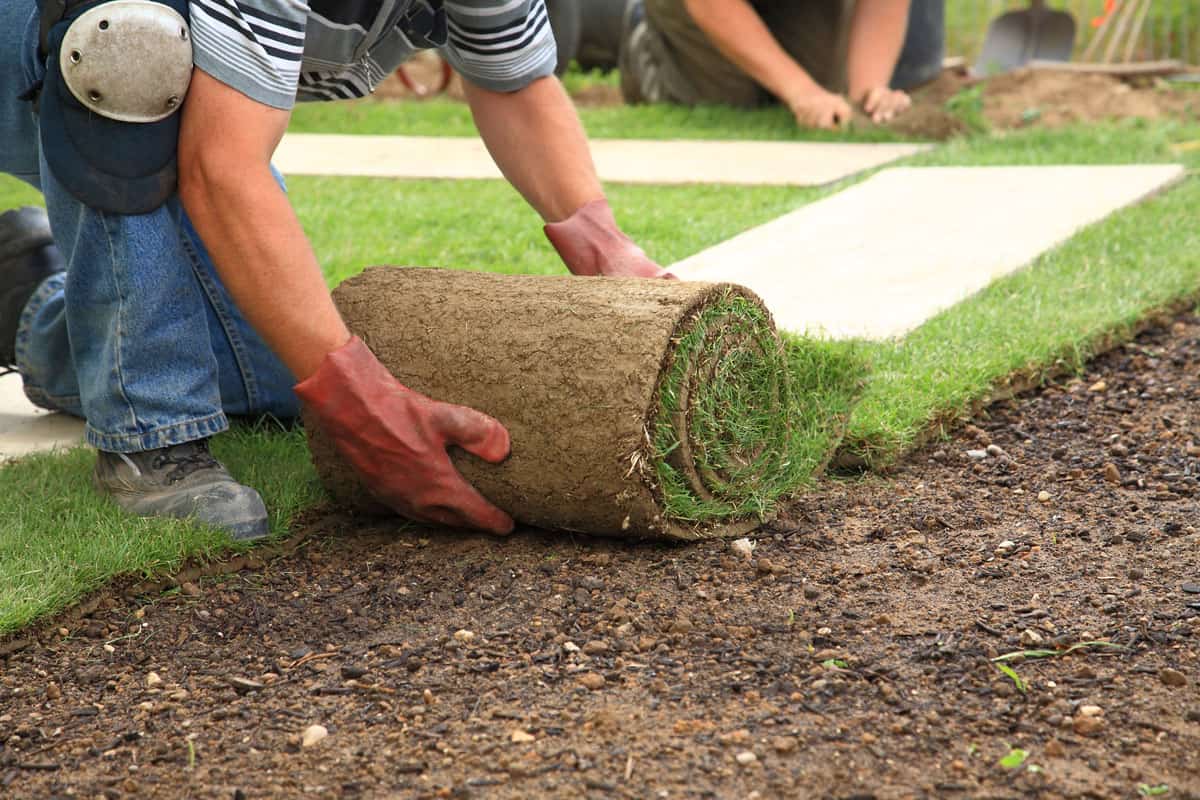

Garden Essentials
How To Amend Clay Soil For Turf Grass
Modified: October 19, 2024
Learn how to amend clay soil in your garden to create the perfect conditions for growing lush turf grass. Enhance drainage and promote healthy root development with our expert tips.
(Many of the links in this article redirect to a specific reviewed product. Your purchase of these products through affiliate links helps to generate commission for Storables.com, at no extra cost. Learn more)
Introduction
When it comes to maintaining a beautiful and healthy lawn, the type of soil you have plays a crucial role. Clay soil, with its dense and compact texture, can present some challenges for growing turf grass. However, with the right knowledge and techniques, you can successfully amend clay soil and create a thriving turf grass area.
Understanding the unique characteristics of clay soil is essential for effectively addressing its limitations. Clay soil is composed of fine particles that hold together tightly, which can result in poor drainage, limited airflow, and difficulties for plant roots to penetrate. These factors can impede the growth and health of turf grass, leading to a lackluster lawn.
Why is it important to amend clay soil specifically for turf grass? Turf grass requires well-drained soil to flourish. When clay soil becomes waterlogged, the excess moisture can suffocate the roots and promote diseases such as root rot. Additionally, compacted clay soil restricts the movement of nutrients and oxygen necessary for healthy turf grass growth.
Before embarking on the process of amending clay soil, it is crucial to determine the current soil composition in your lawn. This can be achieved through a simple soil test, which will reveal the pH levels and nutrient content. Understanding these factors will help you make informed decisions about the appropriate amendments needed for your specific soil conditions.
Another important aspect to consider is the soil’s drainage capability. A soil with poor drainage exacerbates the challenges of clay soil, as it can lead to waterlogged conditions that further compact the soil. Testing the soil’s drainage will help you evaluate the extent of the issue and guide your efforts to improve it.
In the following sections, we will explore the steps to improve clay soil for turf grass, including applying organic matter, adding sand, adjusting pH levels, enhancing drainage, aerating the soil, and fertilizing and seeding. Additionally, we will provide some helpful maintenance tips to ensure the long-term health and vitality of both the soil and turf grass.
Key Takeaways:
- Transform clay soil into a thriving turf grass haven by adding organic matter, adjusting pH levels, and enhancing drainage. Regular maintenance ensures a lush and resilient lawn.
- Improve clay soil for turf grass with sand, aeration, and proper fertilization. Consistent care and attention create an ideal environment for healthy and vibrant turf grass growth.
Read more: How To Enrich Clay Soil For Grass
Understanding Clay Soil
Clay soil is characterized by its fine particle size, resulting in a dense and compact texture. Its compact nature makes it prone to drainage issues, as well as difficulties for roots to penetrate and access essential nutrients, water, and oxygen.
One of the key characteristics of clay soil is its ability to retain water. The small particles of clay can hold onto water for extended periods, causing the soil to become waterlogged. This can be detrimental to the health of turf grass, as it can lead to root rot and other diseases.
Another challenge of clay soil is its poor drainage. The tight packing of clay particles hinders the movement of water, resulting in slow percolation rates. When water takes longer to drain from the soil, it can lead to saturated conditions, which are unsuitable for the growth of turf grass.
Moreover, clay soil tends to become hard and compacted when it dries out. This can create a dense crust on the surface, making it challenging for water and air to penetrate the soil. The lack of proper oxygen circulation can suffocate the roots, impeding their growth and development.
Clay soil also has a tendency to shrink and swell with changes in moisture levels. During dry periods, clay soil contracts, causing cracks to form on the surface. When it rains or when irrigation is applied, the soil expands, further compounding its density and impeding turf grass growth.
Understanding these unique characteristics of clay soil is essential when it comes to amending it for turf grass. By addressing these challenges through appropriate amendments and practices, you can transform the quality of the soil and create an environment conducive to healthy and lush turf grass growth.
Why Amend Clay Soil for Turf Grass?
The decision to amend clay soil for turf grass is motivated by the desire to create optimal growing conditions for a lush and healthy lawn. Clay soil, with its dense and compact texture, poses several challenges that can inhibit the growth and vitality of turf grass. By addressing these challenges through soil amendment, you can overcome the limitations of clay soil and establish a thriving turf grass area.
Poor drainage is one of the main issues associated with clay soil. The compacted nature of clay soil inhibits the movement of water, resulting in slow percolation rates and waterlogged conditions. This excess moisture can suffocate the roots and lead to diseases such as root rot. By amending clay soil, you can improve its drainage capabilities, allowing water to flow freely and preventing waterlogged conditions.
Additionally, clay soil tends to become hard and compacted when it dries out, creating a dense crust on the surface. This crust impedes the penetration of water, air, and nutrients into the soil, hindering the growth of turf grass roots. By amending clay soil, you can loosen its structure and promote proper airflow, enhancing root development and nutrient uptake.
The dense nature of clay soil also restricts the movement of plant roots. Turf grass requires a well-developed root system to anchor itself and access the necessary nutrients and water. Amending clay soil improves its structure, making it easier for turf grass roots to penetrate and establish themselves, leading to healthier and more resilient lawns.
Furthermore, by amending clay soil, you can regulate its pH levels. Clay soil tends to be more alkaline, which can affect nutrient availability to turf grass. Amending the soil with organic matter or other additives can help balance the pH levels, ensuring that turf grass can efficiently absorb essential nutrients for growth and development.
Amending clay soil for turf grass also contributes to long-term soil health. By incorporating organic matter and other amendments, you can enhance the soil’s fertility and structure. This, in turn, promotes beneficial microbial activity and improves overall soil quality, creating an environment that supports the growth of not just turf grass, but also other plants and organisms.
In summary, amending clay soil for turf grass is essential to overcome its inherent challenges and create optimum growing conditions. By improving drainage, enhancing soil structure, regulating pH levels, and promoting nutrient availability, you can establish a healthy and vibrant turf grass area that will be the envy of the neighborhood.
Determining the Current Soil Composition
Before embarking on the process of amending clay soil for turf grass, it is crucial to determine the current composition of your soil. This will provide valuable insights into its nutrient content and pH levels, allowing you to make informed decisions about the necessary amendments.
A soil test is the most effective way to assess the characteristics of your soil. You can purchase a soil testing kit from a garden center or send a soil sample to a laboratory for analysis. The kit typically includes instructions on how to collect and prepare the soil sample for testing.
When collecting the soil sample, ensure that you take samples from various areas of your lawn to get a representative understanding of the soil composition. Use a clean garden trowel or a soil sampling tool to collect samples from a depth of 4-6 inches. Take at least 6-8 samples from different locations and combine them in a clean container.
Once you have collected the soil sample, follow the instructions provided with the testing kit or send it to a reputable soil testing laboratory. The analysis will provide information about the nutrient levels in your soil, including essential elements like nitrogen, phosphorus, and potassium. This will help you determine if any specific nutrient amendments are required for turf grass growth.
In addition to nutrient levels, the soil test will also reveal the pH levels of your soil. pH is a measure of how acidic or alkaline the soil is. Most turf grasses prefer a slightly acidic to neutral pH range between 6.0 and 7.0. If your soil tests outside of this range, amendments may be necessary to adjust the pH for optimal turf grass growth.
The soil test results will provide recommendations on the specific amendments needed to improve the soil composition. Common amendments for clay soil include organic matter, such as compost or well-rotted manure, which can improve drainage, enhance soil structure, and increase nutrient availability. Other potential amendments may include lime to raise pH levels or sulfur to lower pH levels if necessary.
By determining the current soil composition through a soil test, you can tailor your amendments to address the specific needs of your soil. This targeted approach will help you create an ideal environment for turf grass to flourish, resulting in a healthier and more resilient lawn.
Testing the Soil’s Drainage
Evaluating the drainage capabilities of your soil is crucial when amending clay soil for turf grass. Poor drainage can exacerbate the challenges of clay soil, leading to waterlogged conditions that are detrimental to turf grass growth. Testing the soil’s drainage will help you assess the extent of the issue and guide your efforts to improve it.
Here are a few simple methods to test the soil’s drainage:
- The Percolation Test: Dig a hole that is approximately 1 foot deep and wide. Fill the hole with water and let it drain completely. Once drained, refill the hole with water and measure the time it takes for the water to drain completely. If the water takes more than 24 hours to drain, it indicates poor drainage.
- The Soil Saturation Test: Dig a small hole, about 6 inches deep and wide, in your lawn. Fill the hole with water and observe how long it takes for the water to disappear. If the water remains in the hole for several hours or overnight, it suggests poor drainage.
If the tests indicate poor drainage, several strategies can be employed to improve it:
- Amending with Organic Matter: Incorporating organic matter, such as compost or well-rotted manure, can improve the soil’s drainage by breaking up compacted clay particles and encouraging better water movement. Spread a layer of organic matter over the surface of the lawn and use a rake or garden fork to work it into the top few inches of soil.
- Creating Drainage Channels: If the soil’s drainage issues persist, consider creating drainage channels or ditches at the low points of your yard. These channels will help redirect excess water away from the turf grass area, preventing waterlogging and promoting proper drainage.
- Installing French Drains: If the soil’s drainage problems are particularly severe, installing a French drain system can be a more extensive solution. A French drain consists of a perforated pipe surrounded by gravel or crushed stone, which helps collect excess water and directs it away from the lawn.
Regularly monitoring the soil’s drainage is important to ensure that it remains improved. During heavy rainfall or periods of excessive watering, observe how quickly the water drains from the soil. If you notice any signs of waterlogging or slow drainage, additional amendments or modifications may be necessary.
By testing the soil’s drainage and taking appropriate measures to improve it, you can overcome one of the main challenges of clay soil and create an environment where turf grass can thrive. Adequate drainage will promote healthy root growth, prevent water-related issues, and contribute to the long-term health and beauty of your lawn.
Read more: How To Loosen Clay Soil For Grass
Steps to Improve Clay Soil for Turf Grass
Improving clay soil for turf grass requires a systematic approach that addresses its unique challenges. By following these steps, you can transform your clay soil into a fertile and well-draining medium that supports healthy and vibrant turf grass growth.
- Applying Organic Matter: Organic matter is an essential amendment for clay soil as it helps improve drainage, enhance soil structure, and increase nutrient availability. Apply a layer of compost or well-rotted manure to the surface of the lawn and use a rake or garden fork to work it into the top few inches of soil. This will help break up compacted clay particles and provide a source of beneficial nutrients for turf grass.
- Adding Sand: Adding coarse sand to clay soil can improve its texture and promote better drainage. Mix sand into the top few inches of soil at a ratio of 1 part sand to 3 parts clay soil. Be cautious not to add too much sand, as it can lead to poor water retention and nutrient leaching. Sandy loam soil is the ideal balance between sand and clay for turf grass growth.
- Adjusting pH Levels: The pH levels of clay soil can influence nutrient availability to turf grass. Most turf grasses prefer a slightly acidic to neutral pH range between 6.0 and 7.0. If the pH of your soil is outside of this range, you may need to adjust it. Adding lime can raise pH levels, while adding sulfur can lower pH levels. Follow the recommendations of a soil test to determine the appropriate amendments and quantities for your specific soil conditions.
- Enhancing Drainage: Besides organic matter and sand, there are various other amendments you can use to enhance the drainage of clay soil. Adding perlite or vermiculite can help improve its structure and increase airspace. Gypsum, a calcium sulfate compound, can also help break up compacted clay soil and improve its drainage capabilities.
- Aerating the Soil: Aeration is an essential maintenance practice for clay soil. It involves removing small plugs of soil to create channels for air, water, and nutrients to penetrate the soil. Use a core aerator or garden fork to aerate the lawn, focusing on areas with compacted soil. Repeat this process once or twice a year to promote healthy root growth and alleviate soil compaction.
- Fertilizing and Seeding: After amending the clay soil, it is crucial to provide proper nutrition to the turf grass. Apply a slow-release, balanced fertilizer according to the manufacturer’s instructions. Additionally, overseed the lawn with a suitable turf grass variety to fill in any bare or thin areas. Water the newly seeded lawn regularly to ensure adequate establishment.
It is important to note that improving clay soil is an ongoing process that requires consistent care and maintenance. Regularly monitor the soil’s moisture levels, drainage, and overall health of the turf grass. Adjust your watering, fertilization, and maintenance practices accordingly to ensure the long-term success of your lawn.
By following these steps and investing time and effort into improving your clay soil, you can create an environment that encourages robust and vibrant turf grass growth. With proper amendments and care, your lawn will thrive, providing you with a beautiful and enjoyable outdoor space.
Applying Organic Matter
One of the most effective ways to improve clay soil for turf grass is by incorporating organic matter. Organic matter helps to break up compacted soil particles, improve drainage, enhance soil structure, and increase nutrient availability. By adding organic matter to your clay soil, you can create a more favorable environment for healthy turf grass growth.
There are several methods for applying organic matter to your lawn:
- Compost: Compost is an excellent source of organic matter for soil improvement. It is rich in nutrients, retains moisture, and improves soil structure. Apply a layer of compost on the surface of the lawn, approximately 1 to 2 inches thick. Use a rake or garden fork to work the compost into the top few inches of soil. This will ensure proper incorporation and distribution of the organic matter throughout the soil profile.
- Well-Rotted Manure: Well-rotted manure is another valuable organic amendment for clay soil. It provides essential nutrients and helps improve soil structure. However, ensure that the manure is fully decomposed and free from weed seeds to avoid introducing unwanted plants to your lawn. Apply a thin layer of well-rotted manure on the surface of the lawn and work it into the soil with a rake or garden fork.
- Peat Moss: Peat moss is a widely used organic amendment due to its excellent moisture-holding capacity and ability to improve soil structure. It helps to loosen clay soil and increase its water-holding capacity. Spread a layer of peat moss onto the lawn and use a rake or garden fork to work it into the top few inches of soil. Keep in mind that peat moss is acidic, so it may require additional amendments to balance the pH if necessary.
When applying organic matter, it is essential to consider the depth of incorporation. Aim to work the organic matter into the top 4 to 6 inches of soil, as this is where the majority of turf grass roots are located. Be cautious not to disturb the roots excessively during the incorporation process.
It is crucial to note that organic matter is not a once-and-done solution. Depending on the severity of your clay soil’s compaction, multiple applications of organic matter over time may be necessary to see significant improvements. Consider incorporating organic matter at least once a year to maintain soil health and structure.
In addition to addressing the structural issues of clay soil, organic matter also helps to promote beneficial microbial activity within the soil. These microorganisms break down organic matter further, releasing nutrients that are essential for turf grass growth. This symbiotic relationship between organic matter and microbes creates a healthy soil ecosystem that supports the overall health and vigor of turf grass.
Applying organic matter to your clay soil is a fundamental step in the process of soil improvement for turf grass. It helps to loosen compaction, improve drainage, enhance nutrient availability, and promote a healthy soil ecosystem. By incorporating organic matter regularly, you can create an environment where turf grass can thrive, leading to a lush and vibrant lawn.
Add organic matter such as compost or peat moss to clay soil to improve its texture and drainage for turf grass. Aim for a 1:1 ratio of organic matter to soil.
Adding Sand
One of the key challenges of clay soil is its dense and compact texture, which can lead to poor drainage and restricted root growth. Adding sand to clay soil is an effective method to improve its texture and promote better drainage, creating a more favorable environment for turf grass.
When selecting sand for amending clay soil, it is crucial to choose coarse sand with larger particles. Coarse sand allows for better water movement and helps prevent the formation of a dense crust on the soil surface. Avoid using fine sand, as it can increase compaction and hinder drainage.
Here’s a step-by-step guide on how to add sand to clay soil:
- Assess the soil: Before adding sand, assess the current soil composition and drainage. Determine the proportion of sand required based on your specific soil conditions. A general guideline is to use a ratio of 1 part sand to 3 parts clay soil. However, it’s important to adjust this ratio based on observations of your soil’s texture and drainage.
- Prepare the lawn: Begin by mowing the grass to a short height and removing any debris or thatch from the surface. This will allow for better access to the soil below.
- Spread the sand: Evenly distribute the sand over the lawn at the desired ratio. Use a shovel or a spreader to ensure an even application. Avoid applying a thick layer of sand, as this can create drainage issues and excessively alter the soil composition.
- Work the sand into the soil: Use a rake or a garden fork to work the sand into the top few inches of the soil. This helps to incorporate the sand and clay soil, breaking up compacted particles and promoting better drainage. Ensure that the sand reaches a depth of at least 4 to 6 inches to effectively improve the soil structure.
- Level the surface: After incorporating the sand, use a rake to level the surface of the lawn. This will provide a smooth and even surface for reseeding or laying turf grass.
- Water and settle the soil: Thoroughly water the lawn to help settle the soil and remove any air pockets. This will ensure proper integration of the sand and clay soil, creating a more balanced and stable growing environment.
It’s important to note that adding sand is not a one-time fix for clay soil. While it can improve drainage and soil structure, excessive sand may lead to water runoff and nutrient leaching. Regular monitoring of the soil’s moisture levels and periodic testing of the drainage will help you determine if additional sand amendments are needed.
Adding sand to clay soil can significantly enhance its texture and drainage capabilities, creating a more hospitable environment for turf grass. With proper incorporation and maintenance, the combination of sand and clay soil will create a well-balanced soil structure, supporting healthy root growth and lush turf grass. Remember to consider the specific needs of your lawn and adjust the amount of sand accordingly to achieve the optimal soil composition for successful turf grass cultivation.
Adjusting pH Levels
Adjusting the pH levels of clay soil is an important step in creating an optimal environment for turf grass growth. Most turf grasses prefer a slightly acidic to neutral pH range between 6.0 and 7.0. If your clay soil falls outside of this range, it may be necessary to make pH adjustments to ensure that essential nutrients are available to the turf grass.
Here’s how you can adjust the pH levels of your clay soil:
- Perform a soil pH test: Before making any amendments, it is crucial to determine the current pH level of your soil. You can purchase a soil testing kit from a garden center or send a soil sample to a laboratory for analysis. Follow the instructions provided with the kit to collect a representative soil sample from your lawn.
- Interpreting the pH test results: The soil test results will indicate the current pH level of your soil. If the pH is below 6.0, your soil is considered acidic and may require amendments to raise the pH. If the pH is above 7.0, your soil is considered alkaline, and adjustments will be needed to lower the pH. It is important to note that different turf grass species have different pH preferences, so be sure to consider the specific requirements of your grass when interpreting the results.
- Raising pH levels: If your soil is too acidic (below 6.0), you can raise the pH by adding lime. Lime is commonly used to increase soil pH and make it more alkaline. The amount of lime required will depend on the current pH level and the texture of your soil. Follow the recommendations provided with the soil test results or consult with a local extension office or gardening professional for guidance on the appropriate amount of lime to use.
- Lowering pH levels: If your soil is too alkaline (above 7.0), you can lower the pH by adding elemental sulfur or other acidifying agents. Elemental sulfur reacts with the soil to release sulfuric acid, which lowers the pH over time. Again, the amount of sulfur to use will depend on the current pH level and soil texture. Follow the recommendations provided by the soil test or seek advice from a professional.
- Incorporate the amendments: Once you have determined the appropriate amendments, spread them evenly over the lawn and use a rake or garden fork to work them into the top few inches of soil. Take care not to disturb the turf grass roots excessively during this process.
- Monitor and retest: After adding pH-adjusting amendments, monitor the pH levels of your soil over time. Regularly retest the soil to ensure that the pH adjustments are effective. If necessary, additional amendments may be required to achieve the desired pH range.
It is important to note that adjusting pH levels is an ongoing process. The effects of pH adjustments may not be immediate, and it may take time for the soil to reach the desired pH range. Regular monitoring and retesting will help you maintain the optimal pH levels for turf grass growth.
By adjusting the pH levels of your clay soil, you can provide turf grass with the ideal growing conditions. Proper pH levels enable optimal nutrient uptake and utilization, ensuring that your lawn thrives and remains healthy. Consult with a local expert or extension office to determine the appropriate amendments and quantities based on your specific soil conditions.
Read more: What Grass Will Grow In Clay Soil
Enhancing Drainage
Enhancing drainage is a crucial step in improving clay soil for turf grass. The compact nature of clay soil can lead to poor water movement and waterlogged conditions, which are detrimental to the health and growth of turf grass. By implementing strategies to enhance drainage, you can create a more suitable environment for vibrant and thriving turf grass.
Here are several ways to enhance drainage in clay soil:
- Amend with Organic Matter: Incorporating organic matter, such as compost or well-rotted manure, is an effective method to enhance drainage in clay soil. Organic matter improves soil structure, creating pathways for water to flow more freely. Spread a layer of organic matter on the surface of the lawn and use a rake or garden fork to work it into the top few inches of soil. This will aid in breaking up compacted clay particles and improving drainage capabilities.
- Create Raised Beds or Mounds: If your clay soil is consistently waterlogged, consider creating raised beds or mounds for your turf grass. Elevating the soil level allows excess water to drain away more effectively. Build raised beds by adding a layer of well-draining soil mixture or compost on top of the existing soil. Mounds can be created by shaping the soil into gentle slopes that encourage water runoff.
- Install Drainage Pipes or Tile Drains: In areas where poor drainage persists, installing drainage pipes or tile drains can be an effective solution. These underground systems collect excess water and direct it away from the lawn, preventing waterlogging. Consult with a professional or drainage expert to determine the most suitable drainage system for your specific soil and landscape.
- Improve Surface Grading: Ensure that the surface of your lawn has proper grading to promote water runoff. If you notice pooling or standing water after rainfall, adjust the grading to direct water away from low-lying areas. This can be achieved by adding or removing soil to alter the slope or by creating gentle swales or channels to facilitate water movement.
- Use Permeable Hardscapes: If you have paved or hardscaped areas in your lawn, consider using permeable materials, such as permeable pavers or gravel, to allow water to infiltrate the soil. This helps reduce runoff and minimizes the amount of water that reaches the compacted clay soil, improving overall drainage.
It is important to note that enhancing drainage in clay soil is an ongoing process that requires regular monitoring and maintenance. It is essential to strike a balance between ensuring sufficient drainage and preventing excessive water loss, particularly during dry periods. Finding the right balance will help provide optimum moisture levels for turf grass growth.
By implementing the appropriate drainage strategies, you can improve the health and vitality of your turf grass in clay soil. Enhanced drainage reduces the risk of waterlogging, prevents root suffocation, and allows for efficient nutrient uptake. Incorporate these practices into your lawn care routine to create a well-draining environment that supports thriving turf grass.
Aerating the Soil
Aerating the soil is a vital practice for improving clay soil and promoting healthy turf grass growth. Clay soil tends to become compacted over time, restricting oxygen circulation, water infiltration, and root development. Aerating the soil helps alleviate compaction, allowing air, water, and nutrients to reach the turf grass roots, leading to stronger and more resilient lawns.
Here’s how you can aerate your clay soil:
- Choose the right time: The best time to aerate the soil is during the growing season when the turf grass is actively growing. However, avoid aerating when the soil is too wet or too dry, as this can cause further compaction or damage to the turf.
- Select the right equipment: There are two main types of aerators: spike aerators and core aerators. Spike aerators poke holes in the soil, while core aerators remove small plugs of soil. For clay soil, it is recommended to use a core aerator as it reduces compaction more effectively.
- Mow and water the lawn: Before aerating, mow the lawn to a shorter height to prevent the aerator from getting stuck in tall grass. It is also beneficial to water the lawn the day before aerating. Moist soil is easier to penetrate, ensuring better aeration results.
- Aerate the lawn: Run the core aerator over the lawn, making sure to cover the entire area. The aerator will remove small plugs of soil, creating channels for air, water, and nutrients to reach the root zone. For compacted clay soil, it may be necessary to make multiple passes, ensuring adequate soil penetration.
- Leave the plugs on the lawn: After aerating, do not remove the soil plugs. Leave them on the lawn to break down naturally over time. They will help further improve the soil structure and provide valuable organic matter.
- Follow up with overseeding and topdressing: After aerating, it is an excellent opportunity to overseed the lawn and apply a topdressing of compost or soil mixture. Overseeding helps fill in thin or bare areas, while the topdressing provides additional organic matter and nutrients to support turf grass growth.
Aerating your clay soil should be done on a regular basis, typically once or twice a year, depending on the level of compaction. However, avoid aerating in extreme weather conditions or during periods of stress for the turf grass.
By aerating the soil, you create a more favorable environment for turf grass roots to grow deeply and effectively access the necessary oxygen, water, and nutrients. The channels created by aeration also improve the soil’s drainage, reducing the risk of waterlogging. Incorporate this practice into your lawn care routine to maintain a healthy and vibrant lawn on clay soil.
Fertilizing and Seeding
Fertilizing and seeding are crucial steps in improving clay soil for turf grass. Clay soil often lacks essential nutrients and may require additional supplementation to support healthy turf grass growth. Fertilization provides the necessary nutrients, while overseeding helps fill in bare or thin areas, promoting a thick and lush lawn.
Here’s how you can effectively fertilize and seed your clay soil:
- Perform a soil test: Before fertilizing, it is recommended to perform a soil test to determine the nutrient deficiencies in your clay soil. The soil test results will provide recommendations for the specific nutrients needed to support turf grass growth. This allows you to tailor your fertilization efforts and avoid over- or under-application of nutrients.
- Choose the right fertilizer: Select a high-quality, slow-release, balanced fertilizer specifically formulated for turf grass. Look for a fertilizer with a nitrogen-phosphorus-potassium (N-P-K) ratio that matches the needs identified in the soil test results. Apply the fertilizer according to the manufacturer’s instructions, ensuring even coverage.
- Apply the fertilizer: Apply the fertilizer evenly over the lawn, using a spreader for larger areas. For even distribution, follow a systematic pattern, such as walking in straight lines or using a crisscross pattern. Take care not to overlap or miss any areas to ensure uniform nutrient application.
- Water the lawn: Immediately after fertilizing, water the lawn thoroughly. This helps dissolve the fertilizer granules and ensures that the nutrients penetrate the soil and reach the turf grass roots. Watering also helps prevent burning of the grass blades from concentrated fertilizer contact.
- Overseed bare or thin areas: After fertilizing, overseed any bare or thin areas in your lawn. Choose a quality turf grass seed that is suitable for your specific climate and growing conditions. Broadcast the seed evenly over the desired areas, and lightly rake it into the soil to ensure good seed-to-soil contact.
- Topdress with compost: To enhance seed germination and promote soil health, topdress the overseeded areas with a thin layer of compost. This provides organic matter and aids in moisture retention. Avoid applying too much compost, as it may inhibit the growth of newly germinated grass seeds.
- Water regularly: Proper watering is essential for newly seeded areas. Keep the soil consistently moist, but avoid excessive water that can lead to waterlogging. Water deeply and infrequently, encouraging the turf grass roots to grow deeper into the soil.
Fertilizing and seeding should be performed at the appropriate times based on turf grass species and local climate conditions. It is important to follow a regular fertilization schedule, typically two to four times a year, to provide consistent nutrient support for your turf grass. Overseeding can be done annually or as needed to maintain a dense and healthy lawn.
By fertilizing and seeding your clay soil, you ensure that your turf grass receives the necessary nutrients and fills in any bare or thin areas. This promotes a lush, green lawn and contributes to its overall health and resilience. Always follow the recommended rates and guidelines for fertilization and seeding to avoid overapplication and potential harm to the environment.
Maintenance Tips for Clay Soil and Turf Grass
Maintaining a healthy lawn on clay soil requires ongoing care and attention. With proper maintenance practices, you can maximize the benefits of soil amendments and create an environment where turf grass can thrive. Here are some essential maintenance tips for clay soil and turf grass:
- Maintain proper watering: Clay soil tends to retain moisture, so it’s important to water your lawn deeply and less frequently. Apply enough water to penetrate the top few inches of soil, encouraging the turf grass roots to grow deeply. Avoid overwatering to prevent waterlogging and disease issues. Monitor the soil moisture levels and adjust your watering schedule according to the weather conditions.
- Mow correctly: Set your mower blades to the appropriate height for your turf grass species, as recommended by experts or local extension offices. Avoid cutting the grass too short, as this can stress the turf and weaken its ability to compete with weeds. Regularly sharpen your mower blades to ensure clean cuts and prevent damage to the grass blades.
- Control weeds: Weeds can be especially problematic in clay soil, as compacted soil makes it difficult for turf grass to outcompete them. Implement a proactive weed control plan, which includes regular mowing, proper fertilization to encourage healthy turf growth, and spot treatment of weeds using selective herbicides. Mulching garden beds and keeping edges clean can also help prevent weed encroachment into the turf grass area.
- Aerate regularly: Regular aeration is critical for maintaining healthy soil structure in clay soil. Aerating once or twice a year helps relieve compaction, improve water and nutrient absorption, and enhance root development. Schedule aeration in the spring or fall when the grass is actively growing to achieve the best results.
- Monitor nutrient levels: Regularly monitor the nutrient levels in your soil through periodic soil testing. Based on the test results, adjust your fertilization program to provide the necessary nutrients for healthy turf grass growth. Use slow-release, balanced fertilizers and follow the recommended application rates to avoid over-fertilization, which can lead to environmental issues and lawn stress.
- Manage thatch: Thatch accumulation can hinder nutrient absorption and water infiltration in clay soil. Regularly monitor the thatch layer and control excessive thatch buildup by dethatching when necessary. Use a thatch rake or power dethatcher to remove the excessive layer of dead grass and debris, allowing air and water to penetrate the soil more effectively.
- Practice proper lawn care: Implement cultural practices that promote lawn health, such as proper fertilization, correct watering, and timely pest and disease control. Avoid excessive foot traffic on wet soil to prevent compaction. Leave grass clippings on the lawn to recycle nutrients, and consider overseeding the lawn annually to maintain a thick and healthy turf.
Remember, each lawn is unique, and adjustments may be necessary based on your specific soil and environmental conditions. Stay observant and responsive to the needs of your lawn, making any necessary adaptations to your maintenance routine as required.
By following these maintenance tips for clay soil and turf grass, you can cultivate a vibrant and healthy lawn. Consistent care and attention will help your turf grass thrive, creating an outdoor space that you can enjoy for years to come.
Read more: What Is The Best Ground Cover For Clay Soil
Conclusion
Improving clay soil for turf grass may require some effort and patience, but the rewards are well worth it. By understanding the unique challenges of clay soil and implementing the right techniques, you can transform your lawn into a lush and vibrant outdoor space.
Throughout this article, we explored various steps to improve clay soil for turf grass, including applying organic matter, adding sand, adjusting pH levels, enhancing drainage, aerating the soil, and fertilizing and seeding. Each of these steps plays a crucial role in addressing the limitations of clay soil and creating an environment where turf grass can thrive.
Applying organic matter and adding sand improve soil structure and enhance drainage, alleviating problems associated with compacted clay soil. Adjusting pH levels ensures optimal nutrient availability, while enhancing drainage prevents waterlogging and suffocation of the turf grass roots.
Aerating the soil reduces compaction, improves oxygen circulation, and promotes better nutrient absorption. Fertilizing and seeding provide essential nutrients and fill in bare or thin areas, ensuring a dense and healthy turf grass cover.
Maintenance is essential in sustaining the health of clay soil and turf grass. Proper watering, mowing, weed control, and thatch management are all integral components of a well-maintained lawn. Regular soil testing and adjustments to fertilization programs help maintain optimal nutrient levels, while staying attentive to the lawn’s needs ensures proactive care.
By implementing these steps and practicing diligent maintenance, you can overcome the challenges of clay soil and enjoy a beautiful, resilient, and thriving lawn. Remember to adapt these techniques to suit your specific climate, soil conditions, and turf grass species.
In conclusion, with knowledge, dedication, and a little bit of work, you can transform your clay soil into an ideal environment for turf grass growth. A healthy, vibrant lawn awaits you, providing a beautiful setting to relax, play, and enjoy outdoor activities for years to come.
Frequently Asked Questions about How To Amend Clay Soil For Turf Grass
Was this page helpful?
At Storables.com, we guarantee accurate and reliable information. Our content, validated by Expert Board Contributors, is crafted following stringent Editorial Policies. We're committed to providing you with well-researched, expert-backed insights for all your informational needs.
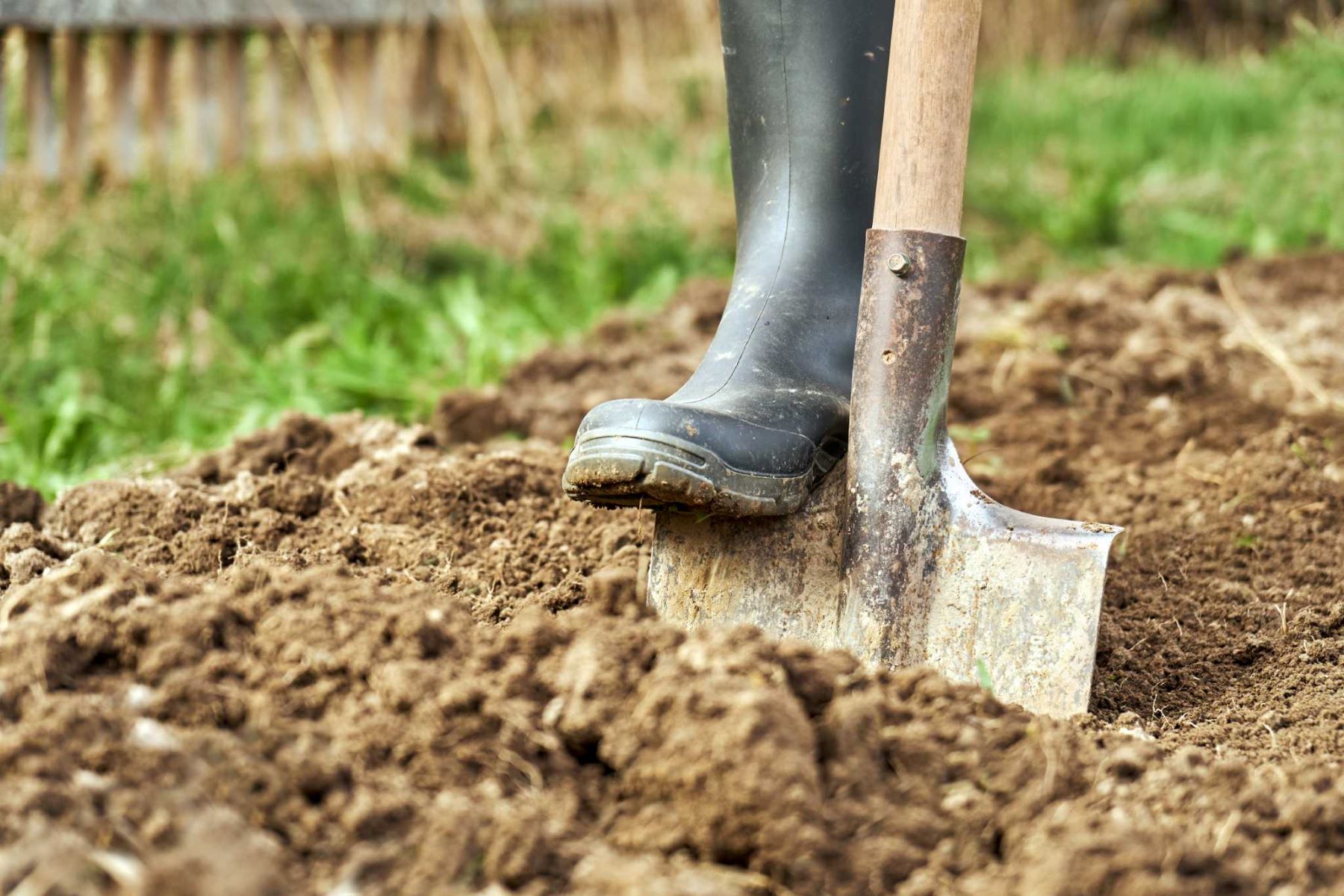
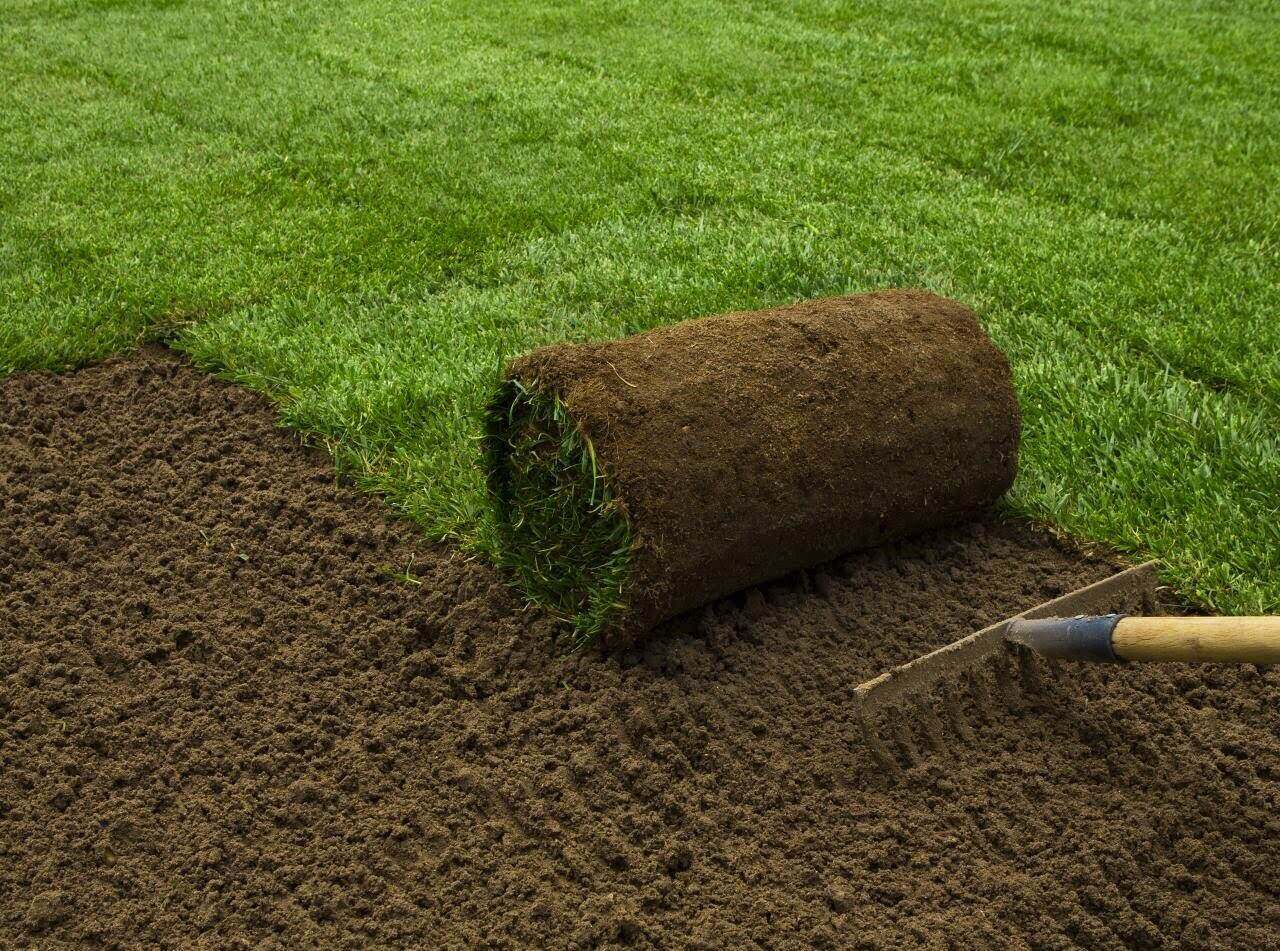
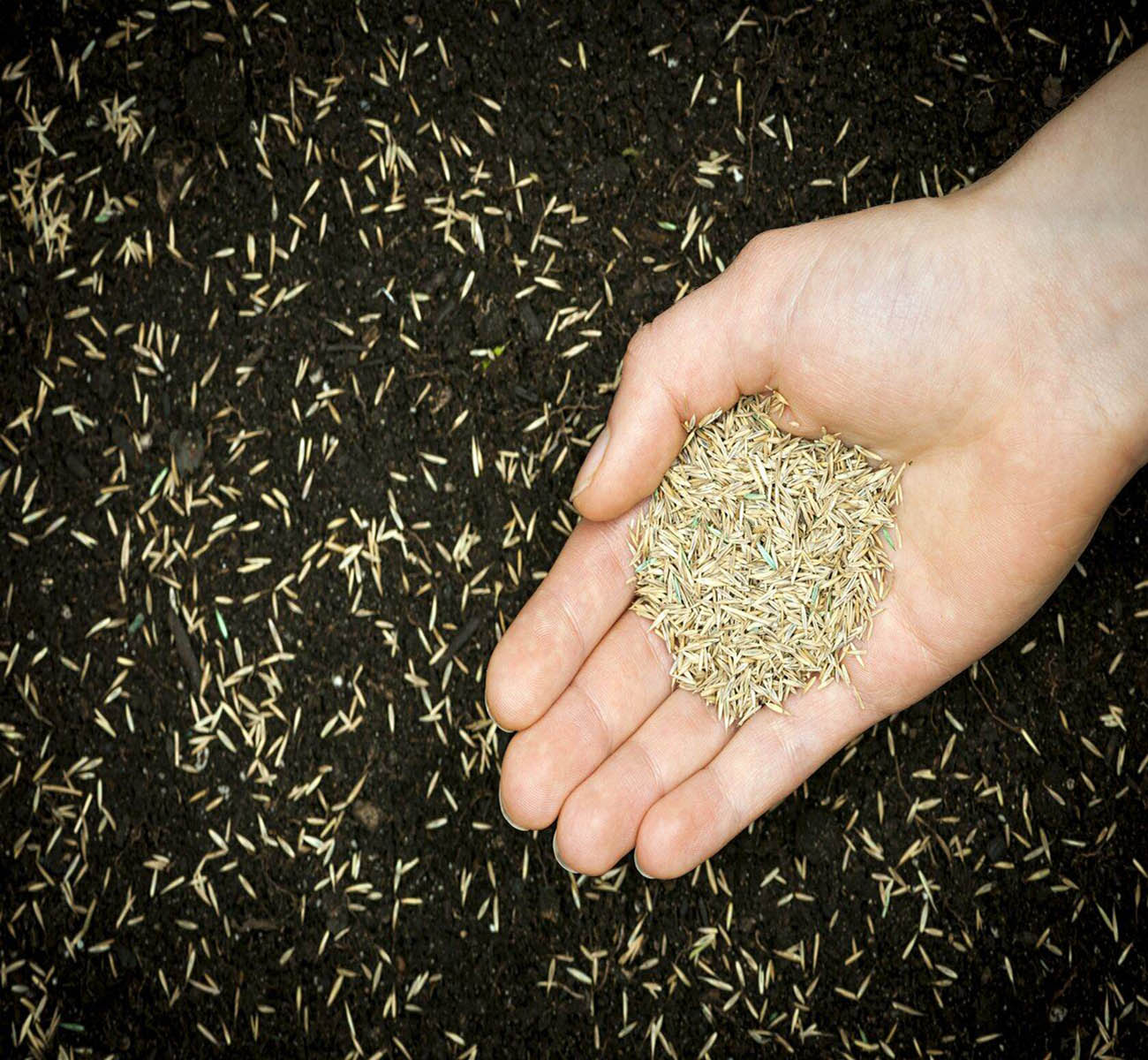
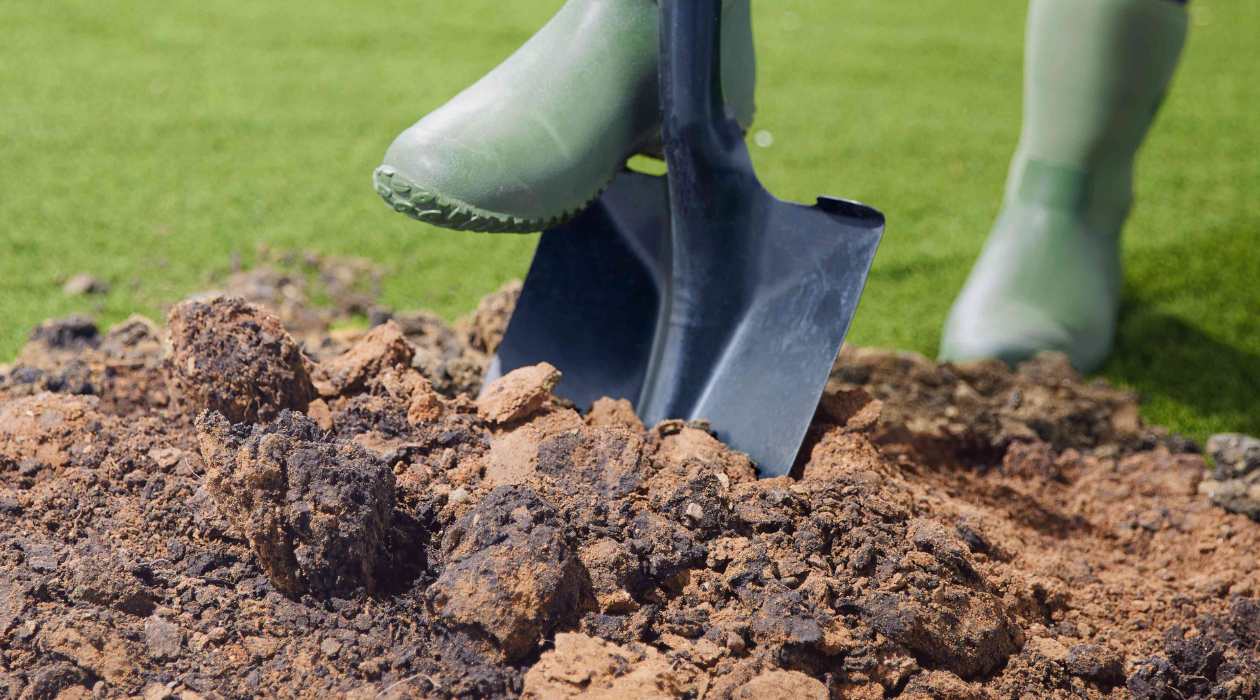
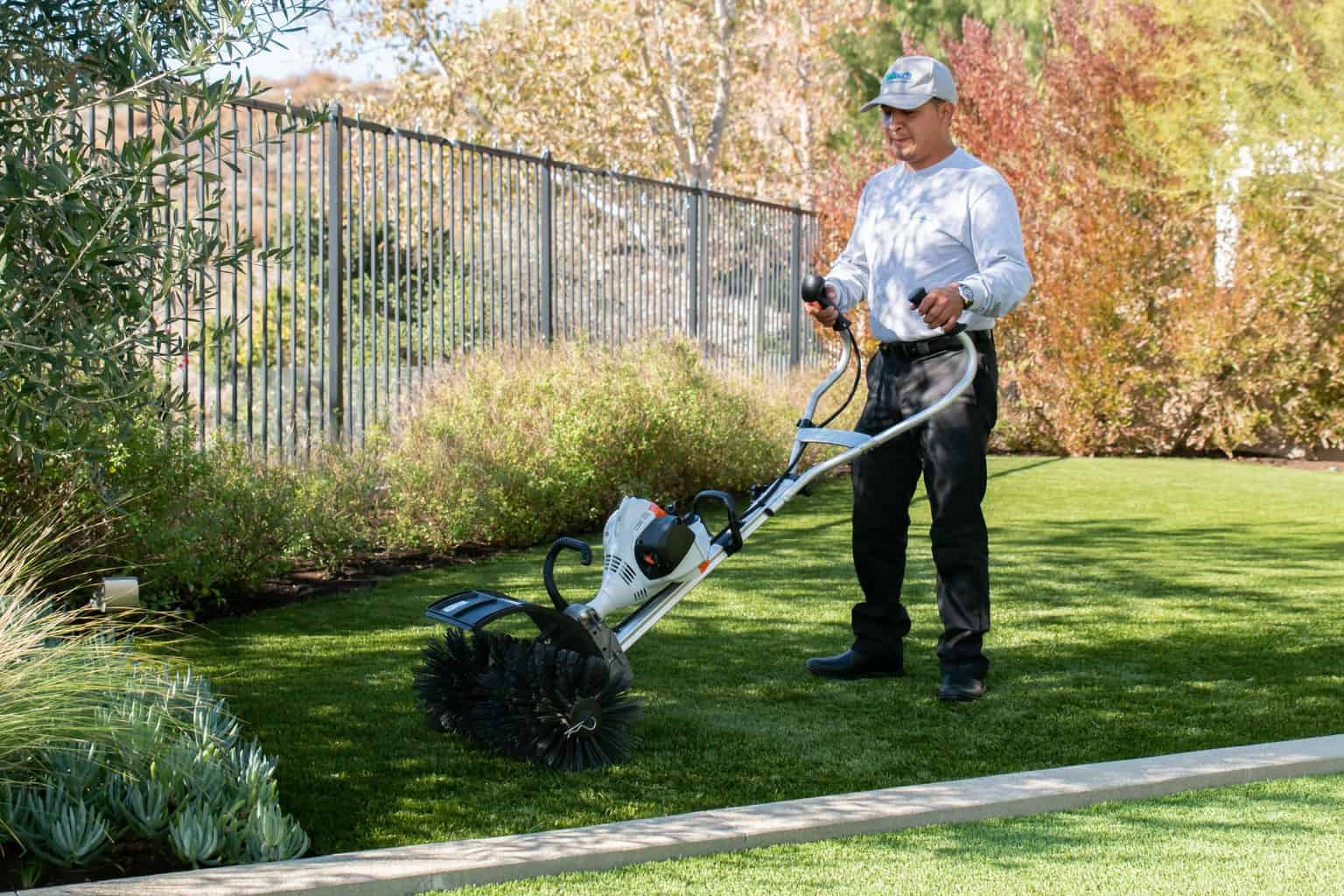
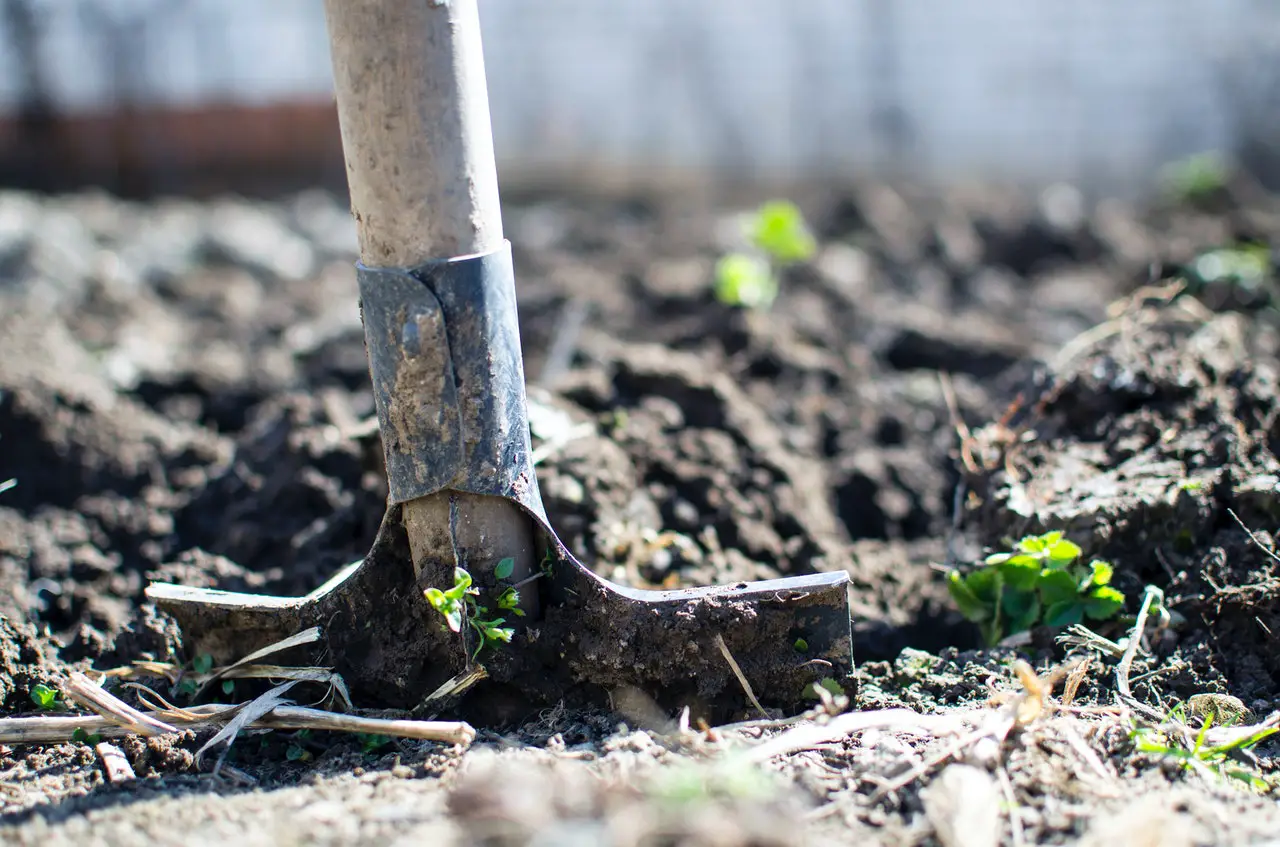

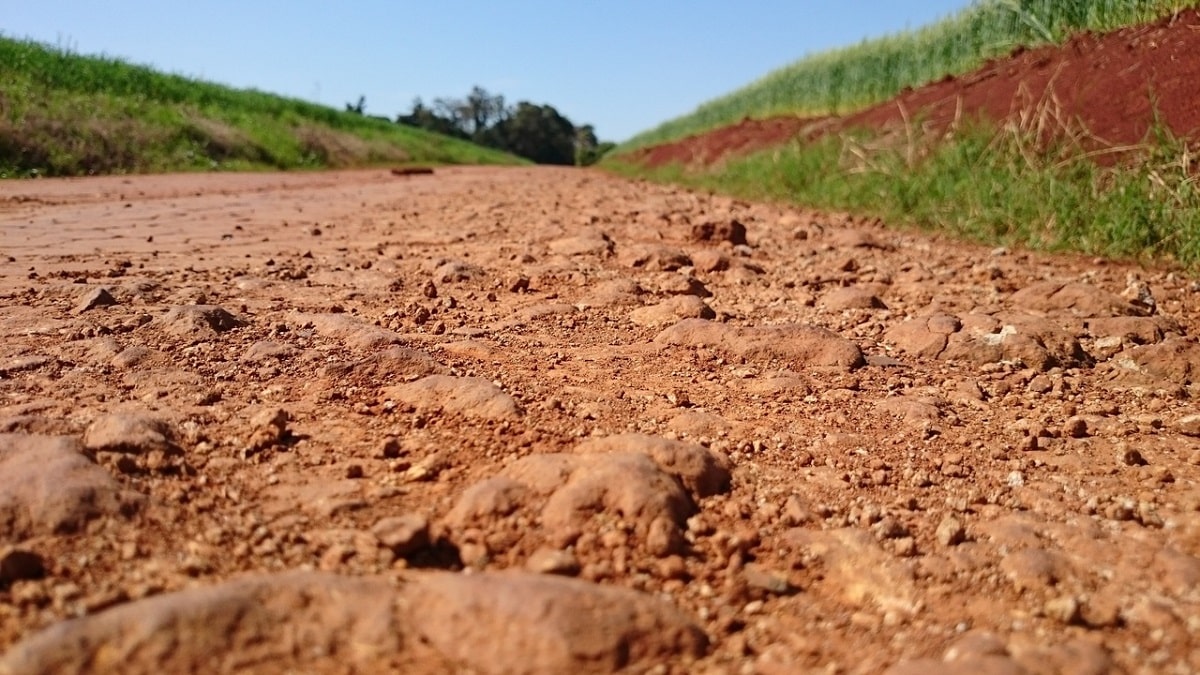
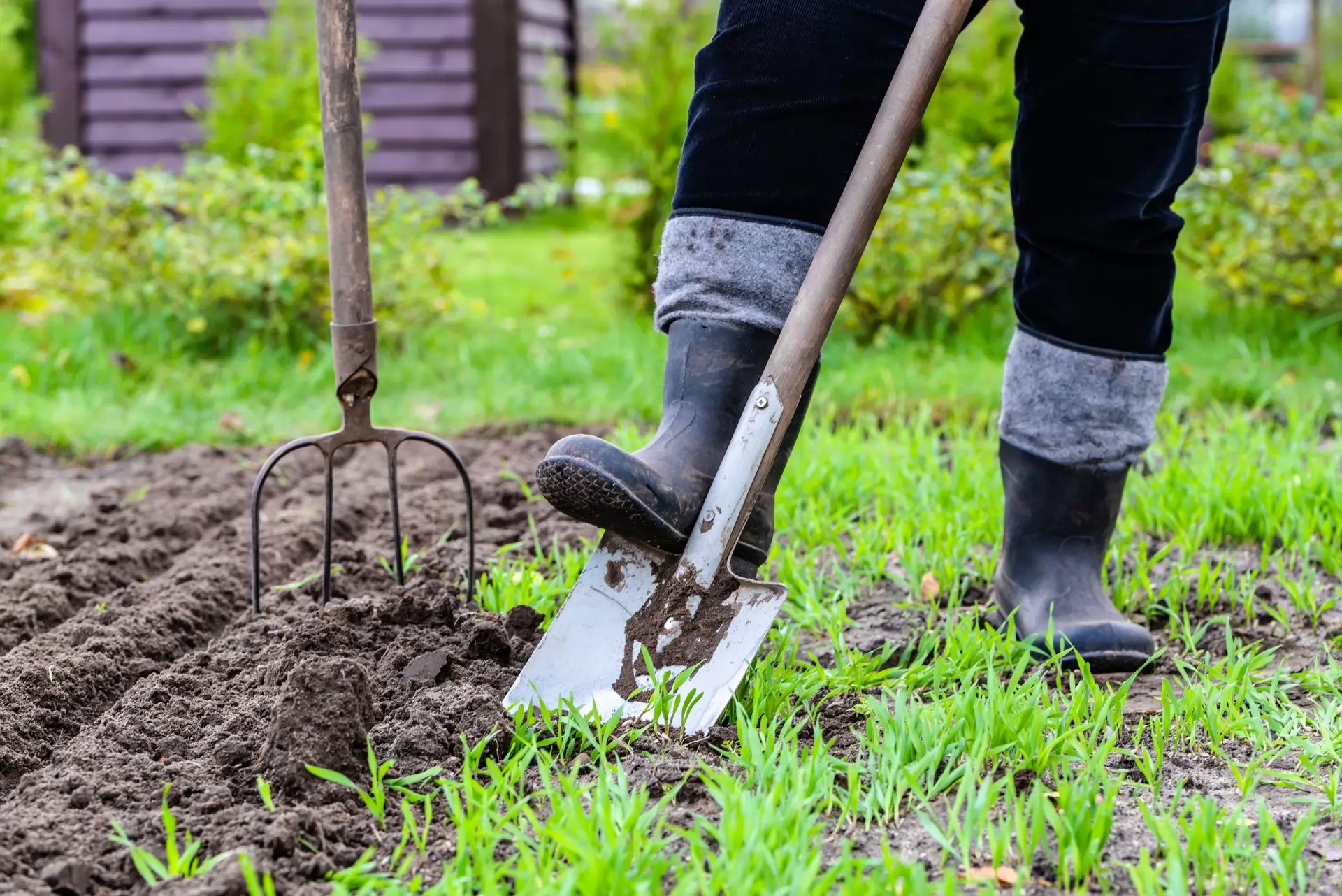
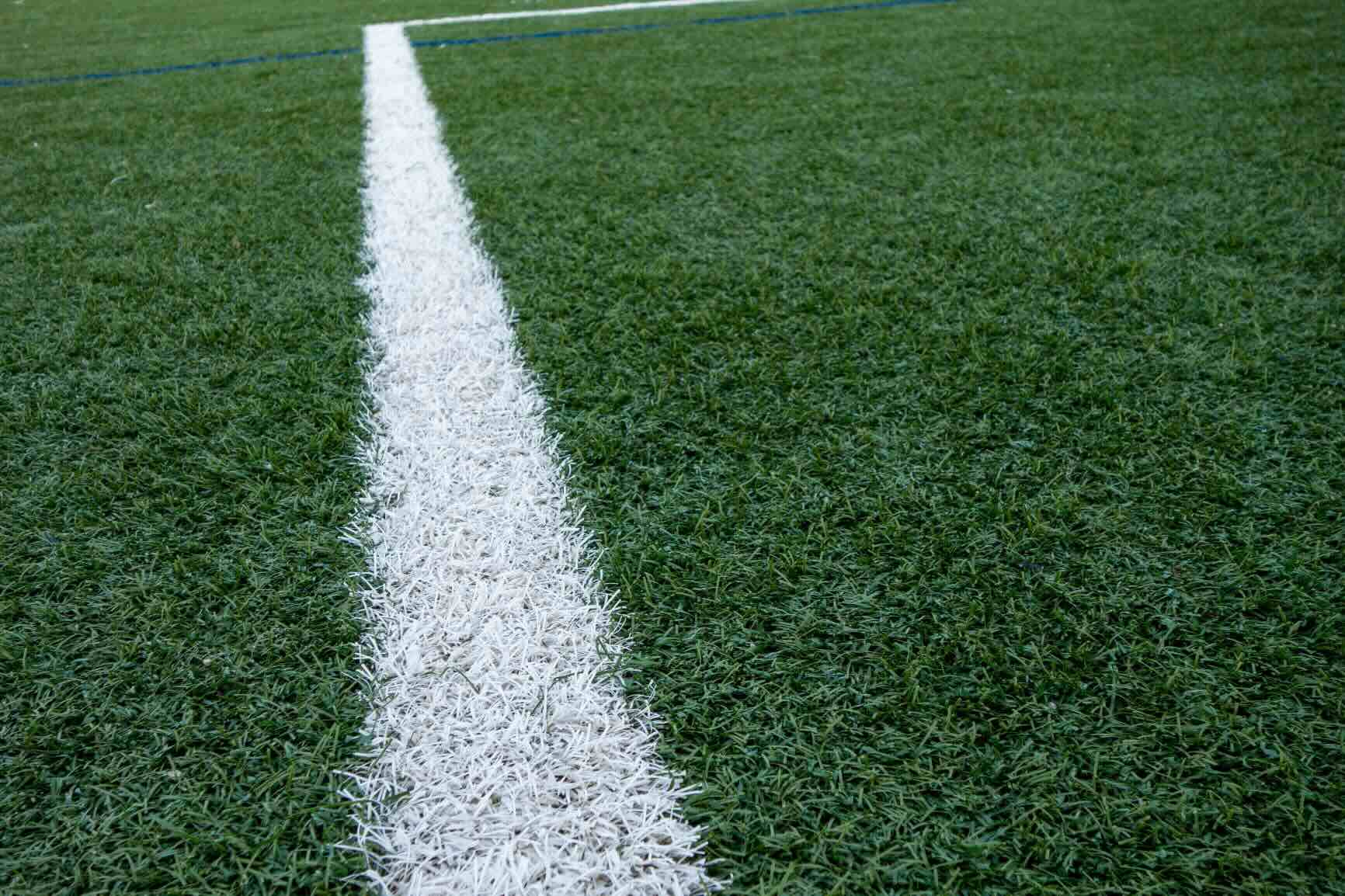
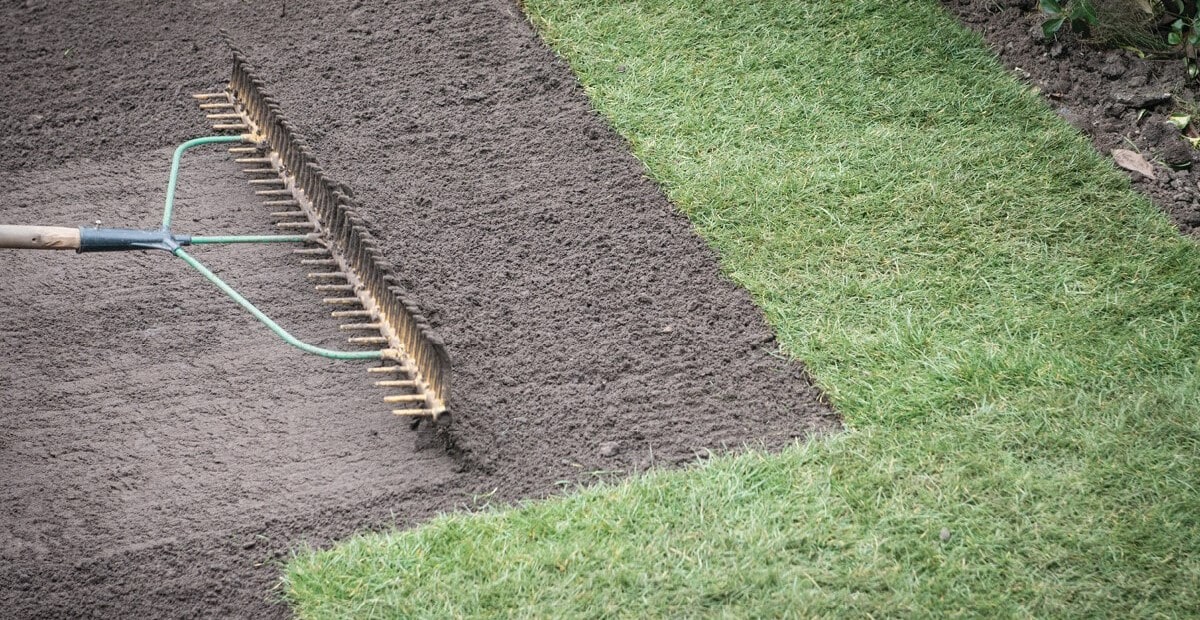
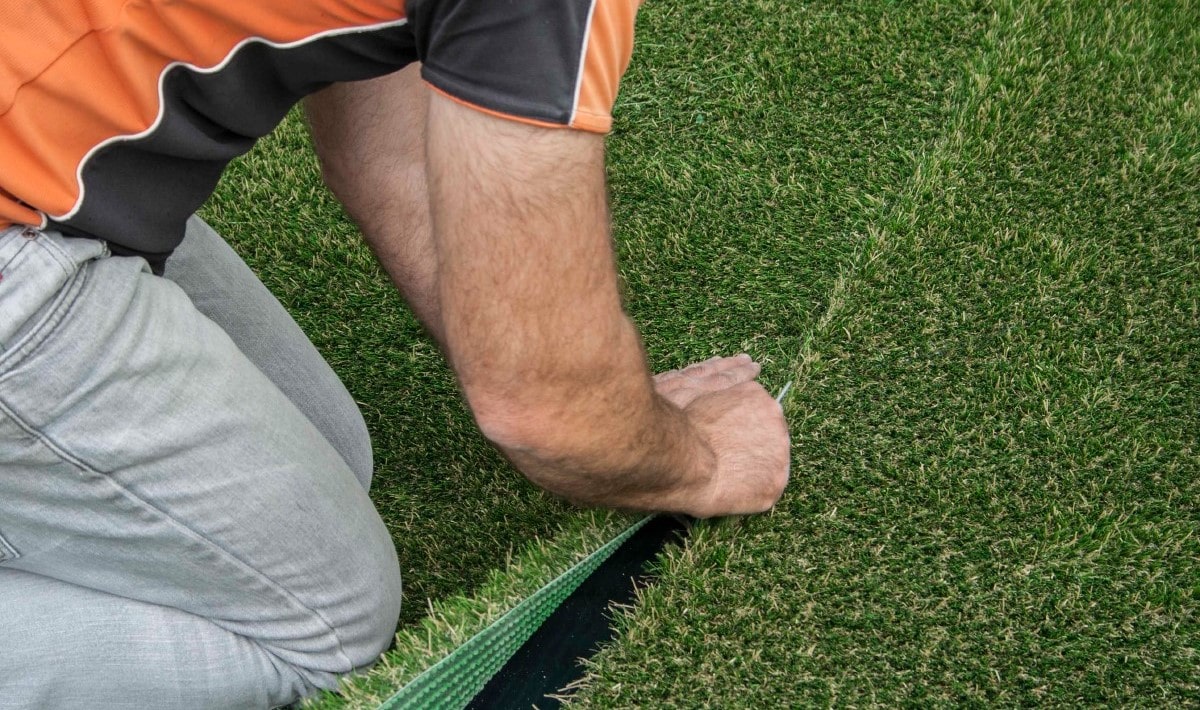

0 thoughts on “How To Amend Clay Soil For Turf Grass”